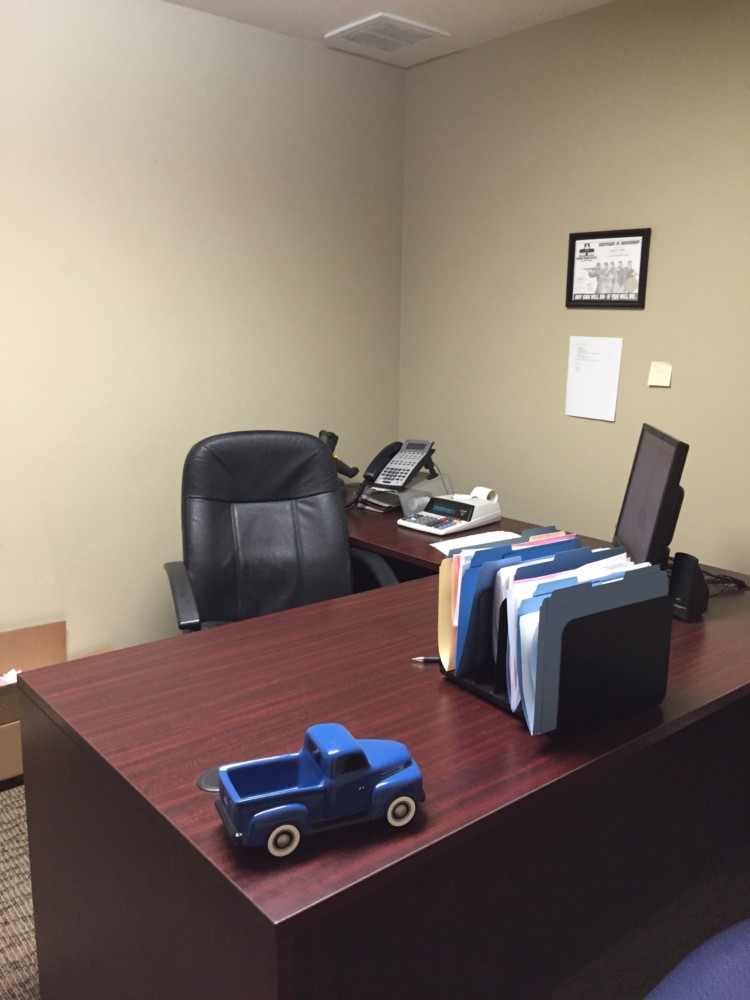
A coach serves as a valuable ally in the pursuit of personal and professional development. Through a structured approach and tailored guidance, they provide the support needed to help individuals overcome challenges, refine their strengths, and achieve their goals. With a focus on clarity, accountability, and skill-building, a coach can empower you to unlock your full potential and create a path to sustained growth. Efficient Spaces offers this helpful insight.
“In fact, if a business owner had to choose between getting a master’s in business from a prestigious university or hiring a coach, I’d counsel them to hire the coach. A coach has the power to help their client make millions–and not only that, to stay sane while doing so.” – Donald Miller, from his bestselling book Coach Builder
Clarifying Goals for Focused Progress
A coach helps define clear, actionable goals. Many individuals have broad aspirations but struggle to translate them into practical steps. Coaches break down vague ideas into specific, measurable objectives aligned with your vision. By creating structured milestones, coaches provide a roadmap that keeps you focused. This clarity fosters confidence, as you know each step brings you closer to achieving your aspirations. With well-defined goals, you can prioritize effectively and channel your energy into meaningful actions.
Personalized Guidance Tailored to You
Growth strategies are not one-size-fits-all. A coach customizes their guidance to suit your unique circumstances, strengths, and challenges. They take the time to understand your needs and craft a plan that resonates with you. Whether it’s improving time management, refining leadership skills, or enhancing communication, a coach ensures the advice and tools provided are both practical and relevant to your goals. This individualized approach helps you navigate complex situations with strategies that align with your personal values.
Accountability That Drives Action
Accountability is key to progress, and a coach helps ensure you stay on track. Regular check-ins create a framework where achievements are reviewed, and plans are adjusted as necessary. Knowing someone is invested in your journey fosters commitment and motivation. This partnership encourages you to overcome challenges and maintain momentum toward your objectives. The structure provided by coaching sessions ensures consistent progress, even when obstacles arise.
Awareness of Blind Spots
Everyone has blind spots—behaviors or obstacles they can’t see on their own. A coach offers an impartial perspective, helping identify these areas and providing constructive feedback. By addressing blind spots such as procrastination, ineffective communication, or self-doubt, a coach empowers you to overcome barriers and unlock greater potential. This newfound awareness often leads to breakthroughs that might not have been possible without a coach. A coach also can challenge some long-held beliefs or limiting beliefs which are holding you back.
Defining and Working Toward Your Overarching Goal
When we start meeting, we establish an overarching purpose or vision for our coaching together. Each session is working toward that overarching accomplishment. As part of that, maintaining a clear list of objectives is an effective way to stay on track during coaching sessions and independently. Include both immediate and future goals, breaking them down into actionable tasks to ensure steady progress. Your coach tracks your progress, and you can track it as well. Keeping track of where you are in relation to your overarching goal ensures you stay aligned with your original purpose. And, if you decide that ultimate goal needs to shift and change, your coach will help you define and clarify the new direction.
Building Essential Skills
Growth often requires acquiring new skills or building on your natural strengths. Coaches partner with you to improve communication, problem-solving, or time management. These skills not only address current needs but also support long-term success. Practical exercises or examples from real life shared by a coach ensure you master these strategies, building both confidence and competence. The skills you acquire through coaching become part of a toolkit you can rely on throughout your journey. A coach is a cheerleader for you as you build up your strengths or improve in some key areas.
Creating a Safe Space for Reflection
A coach provides a judgment-free zone where you can explore thoughts, fears, and aspirations openly. Trust and safety are integral to a healthy coaching relationship. This safe space fosters deeper self-awareness and insight into your motivations and behaviors. Guided reflection helps you make informed decisions that align with your values and goals, contributing to meaningful growth. This supportive dynamic allows you to process challenges and celebrate progress without fear of judgment.
Nurturing a Long-Term Vision
While short-term achievements are important, sustainable growth requires a broader perspective. A coach helps you focus on the bigger picture, aligning your efforts with core values and long-term aspirations. This approach ensures your growth efforts are adaptable and resilient, preparing you to navigate changes with purpose and clarity. With this forward-thinking guidance, you build a foundation for consistent progress and fulfillment.
Partnering with a coach can be a transformative step toward achieving meaningful growth and development. Their insights, strategies, and encouragement offer the tools needed to move forward with confidence and purpose. Whether seeking personal fulfillment or professional advancement, the right coach provides the guidance and support to enable you to thrive!
For office & home organizing and business coaching, contact Jenny Morin @ Efficient Spaces today!











 it works with clients too; they always want to use their new and improved file system after we have set it up. It gives me great satisfaction to know I’ve helped yet another person to be organized and find what they need quickly.
it works with clients too; they always want to use their new and improved file system after we have set it up. It gives me great satisfaction to know I’ve helped yet another person to be organized and find what they need quickly.
 Do I use this?
Do I use this?





